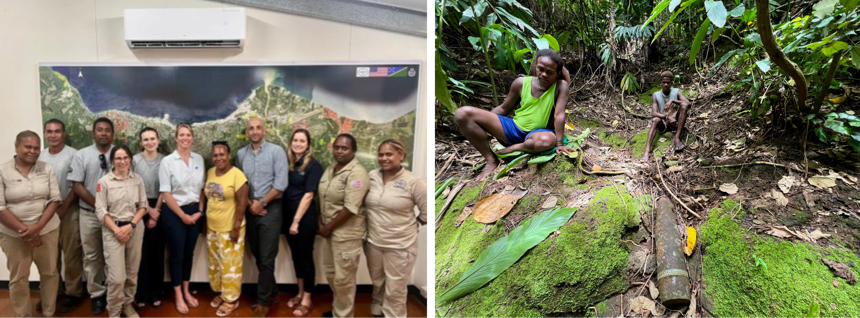Ever wondered what it’s like to stand in the middle of a minefield? Our CEO did just that, and filmed a message for you from the frontlines in Ukraine. This issue of The Minesweeper gives you an inside look at how we clear even the toughest terrain, and a moment to pause with a photo gallery capturing Ukraine in full springtime bloom.
As always, thank you for being on this journey with us. We couldn’t do it without you.
Lisa Balestrieri
“We intend to stay with Ukraine and bring this country to mine-free status.”
Hear directly from HALO CEO James Cowan, speaking from a minefield just outside Kyiv where he visited in May. Here, HALO teams are working hard to clear deadly mines and explosives and safely hand the land back to local communities.
When the area around the capital is cleared, our focus will shift to the “far larger and really rather daunting” prospect of clearing the minefields in the east of the country, where hundreds of miles of the front are contaminated.
Ukraine is now the most mined country in the world, and we know that a huge amount of difficult work lies ahead if it is to become free of these hidden killers - we will be there until the job is finished.
In Mohammad Usman village, Helmand, Afghanistan, a HALO team delivers lifesaving Risk Education to girls living in high-risk areas. These sessions teach both children and adults how to recognize and avoid dangerous explosives—essential knowledge in communities where landmine and IED threats still lie hidden.
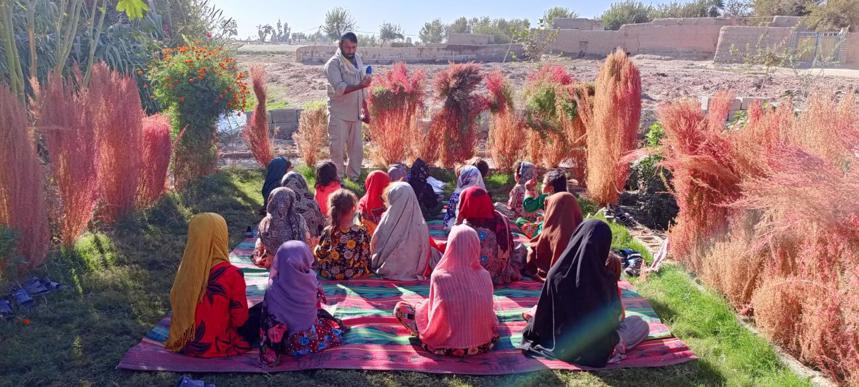
HALO Colombia has launched a new WhatsApp Channel to share lifesaving risk education, updates on operations, and community news, especially with regions where we may not currently have a presence due to safety or access challenges. This new tool will help us stay connected with local leaders and communities and provide them with essential information.
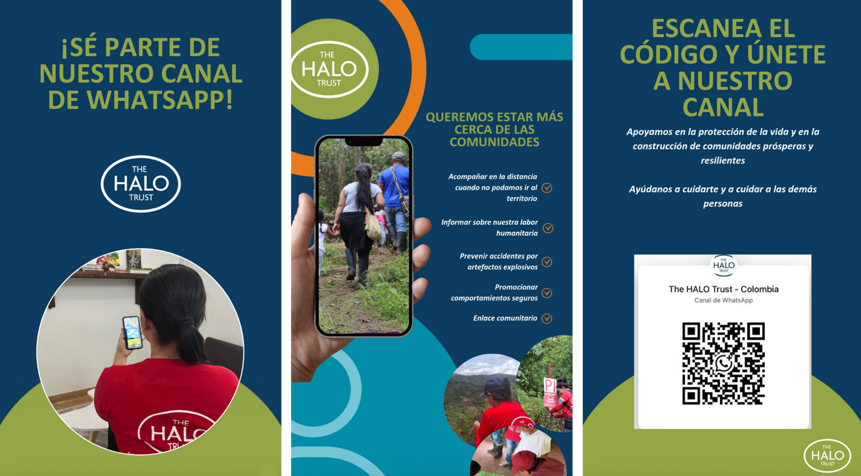
Discover incredible images from the lens of HALO’s own Ukraine-based team. Spring in Ukraine is a reminder of resilience and renewal. HALO’s teams are working hard to survey and clear contaminated lands, ensuring that landscapes like this can blossom for years to come.
Ever wondered how HALO clears land that's been contaminated by conflict? Here’s a peek into the tools and techniques that make our life-saving work possible.
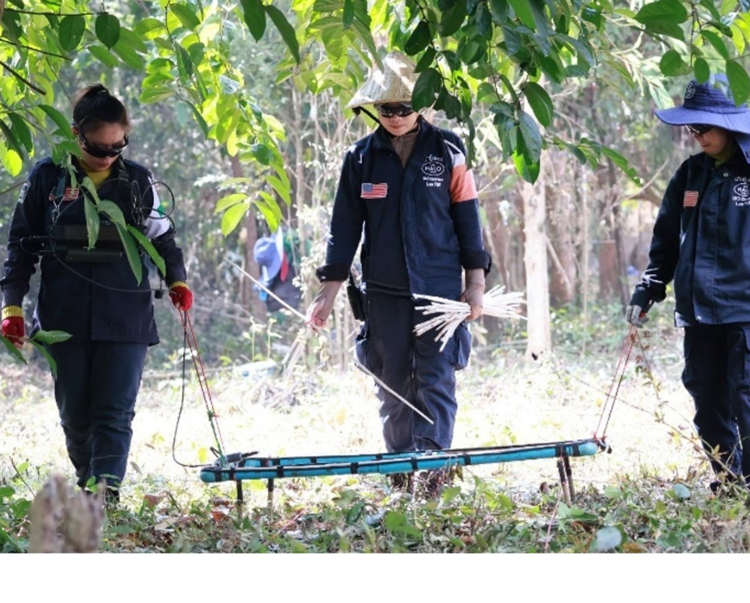
Laos: Advanced Technology for Safer Land
In Laos' Sepon district, HALO teams are using Large Loop Detectors to identify hidden threats quickly and precisely. These tools allow us to scan large areas efficiently, making clearance operations more effective and ensuring safety returns to local communities faster.
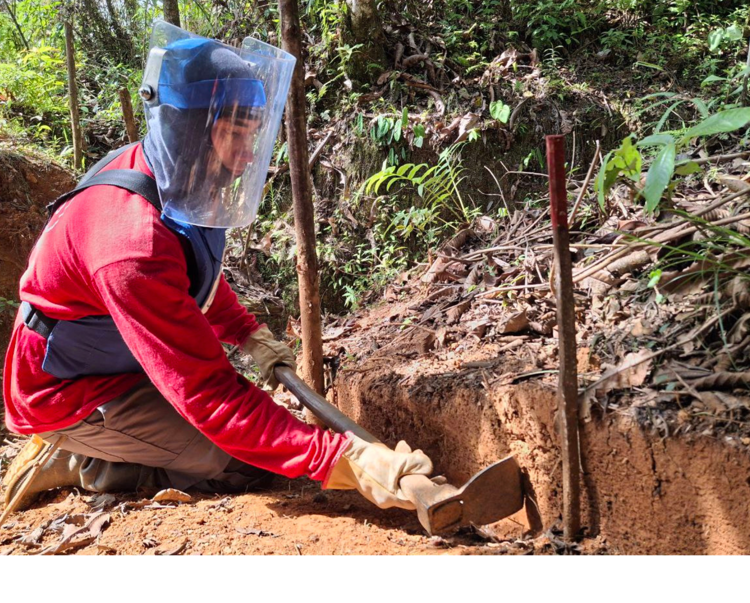
Colombia: Power lines, Sabotage, and Full Excavation
In Colombia, landmines were often placed to sabotage vital infrastructure like electricity towers. But powerlines disrupt metal detectors—so HALO uses full excavation, the only reliable way to remove threats in these zones. It’s difficult work, but essential for restoring essential services.
HALO met with UXO survivor Maeverlyn Pitanoe, who was injured when a buried explosive detonated under a barbecue during a church event. She has since founded a community kitchen in Honiara, the Solomon Islands' capital, and runs a youth employment program that supports local livelihoods. HALO plans to work closely with Maeverlyn to improve survivor support and establish a new system for UXO victim data collection. Local guides and community members like Maeverlyn are also essential to helping HALO identify where explosives remain hidden, providing critical information that helps us map and respond to these threats more effectively.
